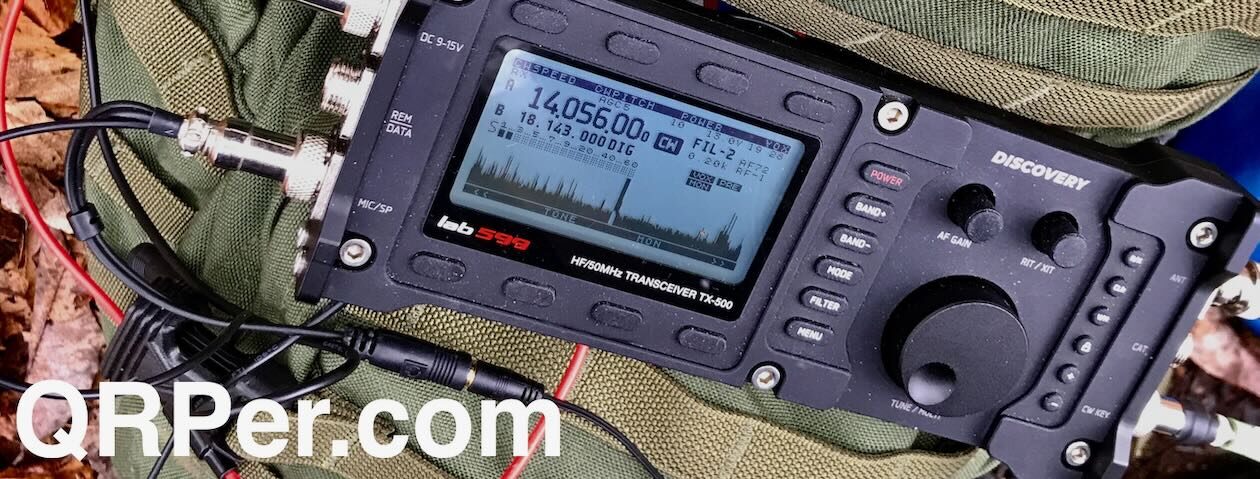 When I first started doing activations in the Parks On The Air (POTA) program, many of our regional parks in North Carolina were ATNOs (All-Time New Ones).
When I first started doing activations in the Parks On The Air (POTA) program, many of our regional parks in North Carolina were ATNOs (All-Time New Ones).
An ATNO is what it sounds like: a park that is in the POTA network but has never been activated.
ATNOs were plentiful in the early days–before the rise of POTA. In those early days, I found that if a park was even slightly inconvenient to access, it would be an ATNO.
In fact, I reckon that nearly 40% of the parks I activated in 2020, were ATNOs. This wasn’t because I made a particular effort to hit ATNOs. Rather I made an effort to activate unique parks that year; it was the beginning of the pandemic and this was a fun activity for me–an excuse to explore regional public lands–so ATNOs were among them.
With POTA participation having grown by orders of magnitude in the past few years–a very welcome thing indeed–ATNOs in North Carolina are extremely rare. I just checked and we have two ATNO parks out of 230 parks in NC. I can pretty much guarantee that our two ATNOs have either just been added to the database, or they’re very difficult to access.
POTA hasn’t been in Canada as long as it has in the US and, in some regions, it’s just catching on.

I was surprised to find that there were still a lot of ATNOs in/around Québec City because the area has a very active ham radio community.
Parc national des Grands-Jardins (VE-0499)
 One of my favorite parks in Québec is Parc national des Grands-Jardins. This is a SEPAQ park located in the Charlevoix Biosphere Reserve.
One of my favorite parks in Québec is Parc national des Grands-Jardins. This is a SEPAQ park located in the Charlevoix Biosphere Reserve.
As we were plotting our summer trip to Canada, I made a list of the parks I wanted to activate and Grands-Jardins was at the top of that list.
When we spend the summer in Québec, we always fit in a few visits to Grands-Jardins. The mountains there are beautiful with rounded tops and rocky faces. Via ferrata is a very popular summer activity in the park, but our family enjoys the hikes, the overlooks, and I especially love the back country roads!
I didn’t realize until a few days before attempting this activation that Grands-Jardins was still an ANTO! Continue reading Activating Parc National des Grands-Jardins as a POTA All-Time New One!




























